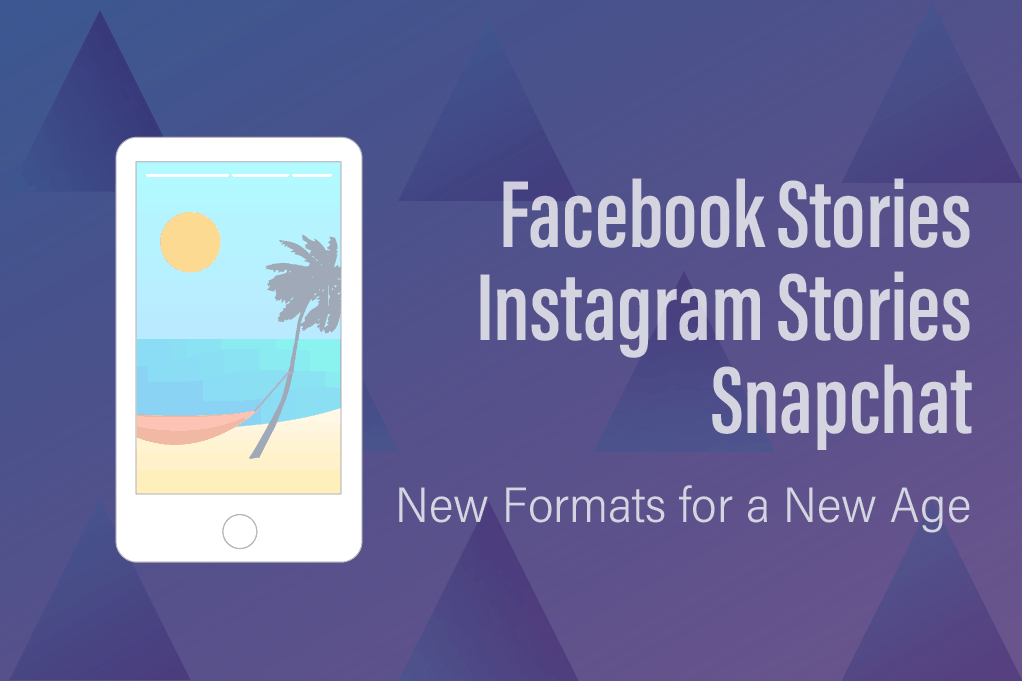
How to Build A Social Graph The Smart Way
If you’re like most individuals or businesses, building a social graph for your brand might seem like a very inexact science. The advice commonly offered tends to be vague, such as “send out a lot of tweets” or “publish lots of content.” And while these things are indeed helpful, simply doing a massive “shotgun at the wall” approach is unlikely to produce the results you are seeking. The key is structuring your social media activities in an ordered fashion toward measurable goals and benchmarks. Properly built, a social graph will continue to expand organically on the strength of steps like those below.
Establish a Digital Center – Branded Blog
(source)
The key to building a vast social graph for your brand is to consistently generate useful or entertaining content that people will want to read and spread around. This is best accomplished by establishing a blog that puts such content into circulation around the social networks and establishes your digital center. Rather than going for the low hanging fruit and engaging in gratuitous self-promotion, your blog should strive to publish original and helpful content that readers will seek out and enjoy looking through.
As you begin to build a base of loyal readers, you should start noticing a snowballing effect in your traffic such that growth picks up speed with each group of new readers on your blog. This is likely because the biggest fans of your blog are independently seeding your links around their Facebook and Twitter accounts. As more and more readers do this, they will attract new readers who themselves may attract new readers, and so on. This type of reader promotion should remain an integral part of your strategy as it has the potential to reach further than your promotional efforts could ever hope.
The Importance Of Links
(sources)
There are two distinct types of links that are crucial to the proliferation of your blog: inbound and outbound links. Inbound links, also known as “back links,” occur when another blogger posts a link to your content somewhere on his or her blog. Attracting a high number of quality inbound links ensures that your blog ranks high in search engine results. Blogging resource Blogthority.com reports that the Google engine actually ranks inbound links by their relevance and authority. This means that a single link from a credible source (such as a top technology blog) can boost your page higher in the results than could several links from un-established sources.
Outbound links are established when you link to other blogs and websites in your published content. This strategy is often employed to attract inbound links from the sites you source on your blog. Often, the blog you link to will take notice of your outbound link, and if they find your content to be relevant and non-spammy, they might return the favor by linking back to you.
Building Content That Is “Share Friendly.”
(source)
As we mentioned earlier, encouraging reader promotion is an essential part of building your social graph. Ensuring that your blog publishes high quality, useful content is a great first step, however for total optimization you must ensure that your content is “share friendly.” Twitter and Facebook repost buttons can be easily added to your articles, and having them present in every piece makes it simple for readers who enjoy your articles to repost them to their social accounts. Look at ShareThis for an easy-to-add sharing tool for your blog. As your content circulates throughout the social web, it begins to create buzz, drive new readers, and encourage further reposting. These buttons also record the number of times your content has been reposted, allowing you to gauge what sort of content generates the most sharing, and optimize future efforts to that end.
Another key ingredient in share friendly content is ensuring that it is formatted appropriately for reposting on Facebook. When your readers paste a link to your article on their Facebook account, a small excerpt from your piece will show alongside the title of the article. By performing test runs on an account before publishing, you can optimize this short preview to be so enticing that the people who see it will feel compelled to click the link and read the rest of the content on your blog. (Dlvr.it can help with this cross posting and proper formating).
Harness the Power of Social News
(source)
Social news websites (such as Digg and Reddit) give blogs the power to show their content to a vast audience of readers free of charge. However there is a catch: there is no editor to impress. Instead, readers have the power to make your article popular or hide it from ever being seen. Social news is so-called because each story starts out with an equal chance of making the front page, and as readers prune trough the new submissions they have the option to bump your story up if they find that it offers useful, original, and entertaining content. Conversely, if you post junk to a social news site it will be voted down by the site’s community. The more positive votes your story receives, the closer it comes to the front page and the more new readers see it. This is an effective strategy for driving new, enthusiastic traffic to your blog and to get your content reposted.
Promotion Through Your Own Social Channels
(source)
Now that you have optimized your content to spread like wildfire through the accounts of your most dedicated readers, time has come to do your own social promotion and expand your graph further. Establish a presence on Twitter and Facebook and encourage readers of your blog to friend and follow you on these mediums. You can use these services to post links to your new articles and promote the content of your blog.
This kind of promotion does two things. First, it establishes a lasting link between the reader and your brand. Rather than having to remember to check out your blog for updates, news of new content will be broadcast to them every time you announce it. Secondly, the fact that this person has shown interest in your profile will spread to the newsfeeds of their friends who may curiously check out your account to see what their friend is reading. Some of these people will decide they would like to receive updates from you as well and will add your page, thus building you a host of new readers.
Make Use Of Google’s Social Graphing API
(source)
In recognition of the importance of the social web, Google has released a Social Graphing API that can be of great utility to brands. The API allows developers to create unique applications that analyze the dynamics of the links between people on different social networks. Google claims that the API “makes information about public connections between people easily available and useful.”
In a video provided by Google to explain the potential uses of the API, the narrator describes a feature that could be extremely helpful to those working to expand their social graph. Because of its ability to analyze public links and look for connections between networks, the API allows developers to find people they know on one network elsewhere in the social web.
Imagine that you have amassed two thousand fans on Facebook. Chances are, a good number of these people have Twitter accounts, but unless you intent to hunt through every individual profile looking for links, you could never hope find them all yourself. Using the Google Social Graphing API, you could create an application that scans the profiles of your Facebook fans and identifies what are called “me links” (links a person makes to other accounts they own) to Twitter. Such information can be utilized to build a strong following on Twitter, expose more people to your content, and increase the chances that your blog will continue to be circulated.








